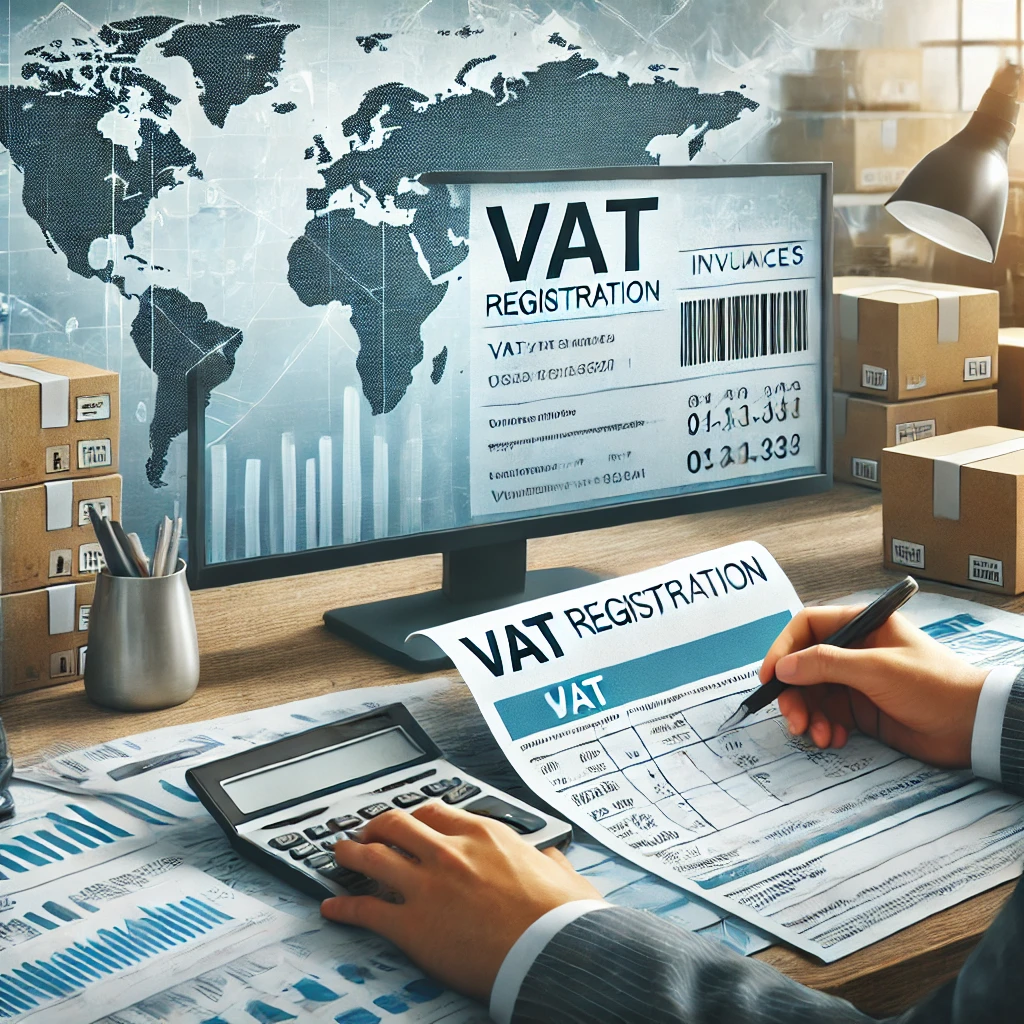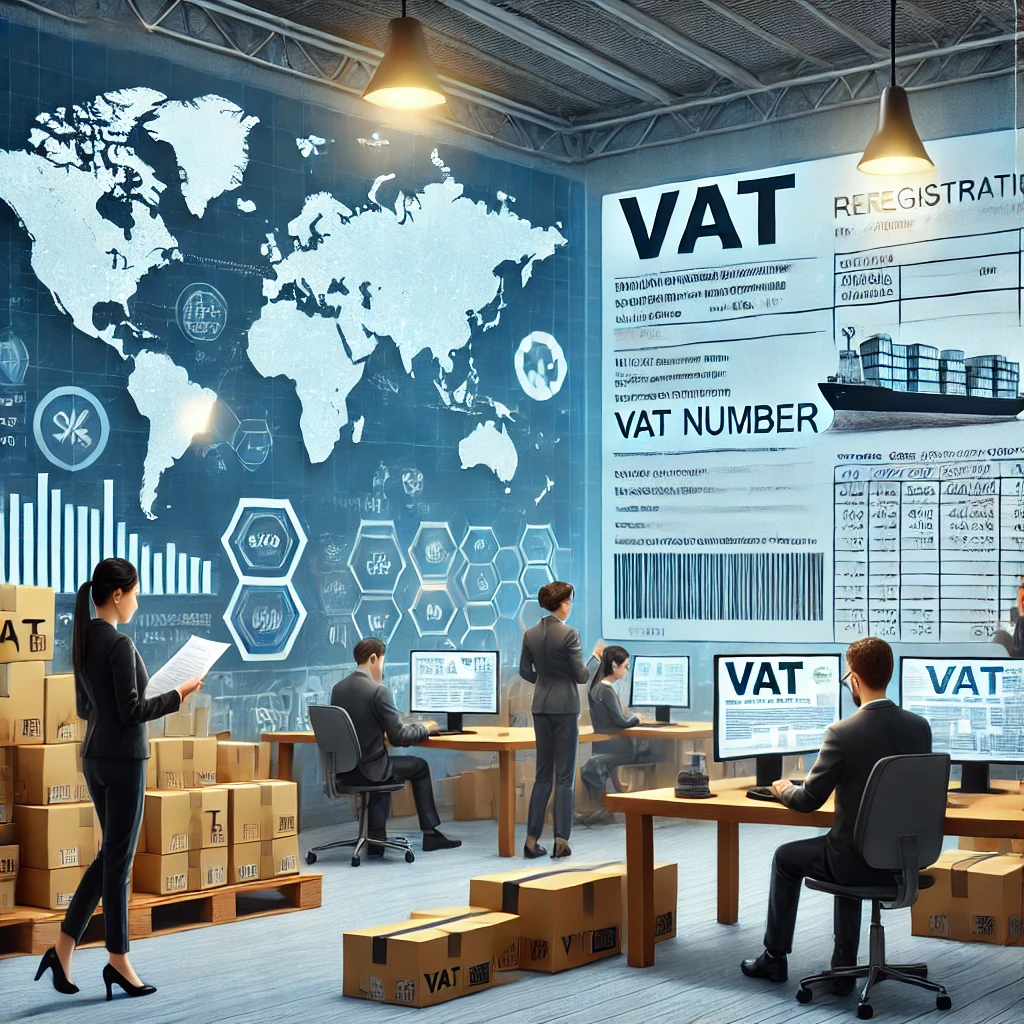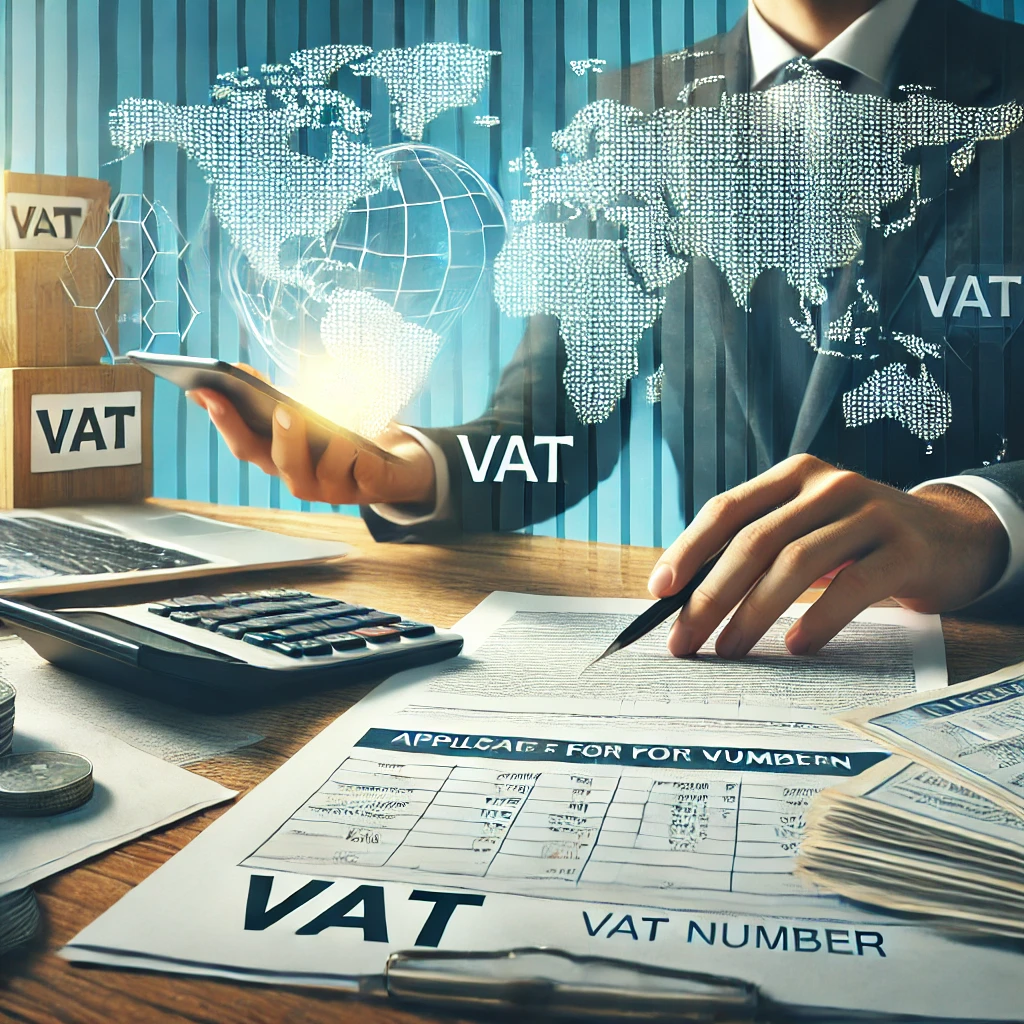An In-Depth Guide to VAT Number: Key Features and Practical Uses

What is a VAT Number?
A VAT number is a unique identifier assigned to a business or individual that is registered for VAT purposes. It is issued by the tax authority of a country and allows businesses to collect VAT on goods and services sold, while also enabling them to reclaim VAT on their business expenses.
The VAT number is typically used when a business engages in cross-border transactions or supplies goods and services subject to VAT within their own country. It helps tax authorities track the movement of goods and services and ensures compliance with tax laws.
Key Features of a VAT Number
1. Format and Structure
A VAT number typically follows a standard format set by the tax authority in the country where it is issued. While the structure may vary slightly between countries, it generally consists of:
- Country Code: A two-letter code that represents the country of the business’s VAT registration.
- Unique Identification Number: A series of digits or letters that uniquely identify the business.
For example, a VAT number in the United Kingdom might look like: GB123456789. In Germany, it could be DE123456789.
2. Issuance by Tax Authorities
VAT numbers are issued by the country’s tax authority when a business registers for VAT. In most countries, businesses are required to register for VAT once they reach a certain threshold of annual sales or when engaging in international trade.
- European Union: In the EU, businesses that trade across borders must have a VAT number to buy and sell goods or services VAT-free between EU countries.
- Other Countries: In countries outside the EU, businesses may also need a VAT number for both domestic and international transactions.
3. Link to VAT Registration
The VAT number is directly tied to a business’s VAT registration. It indicates that the business is registered with the tax authority to charge and reclaim VAT on qualifying transactions. Without a VAT number, a business may not legally charge VAT or reclaim it on their expenses.

Practical Uses of a VAT Number
1. International Trade and Cross-Border Transactions
In international trade, a VAT number is essential for conducting business across borders. It allows businesses to engage in zero-rated sales (sales exempt from VAT) to other VAT-registered businesses in the European Union or other countries with VAT agreements.
For example, a business in the UK selling goods to a VAT-registered business in Germany would provide its VAT number to ensure the transaction is zero-rated for VAT. This makes the sale tax-free for both parties, which is crucial for reducing costs and avoiding double taxation.
2. VAT Collection and Reclaiming VAT
The VAT number allows businesses to charge VAT on the goods and services they sell and pass this tax on to the tax authorities. At the same time, businesses can use their VAT number to reclaim VAT paid on their business-related purchases.
- Charging VAT: A business must include its VAT number on invoices when selling goods or services. The VAT charged is then passed to the tax authority, which helps fund government services and infrastructure.
- Reclaiming VAT: Businesses can reclaim VAT paid on purchases of goods and services used in their operations. This is particularly important for businesses that are VAT-registered and make substantial purchases for their business activities.
3. Proof of VAT Registration
A VAT number serves as proof that a business is registered with the tax authority to collect and reclaim VAT. This is often required when doing business with other VAT-registered companies or when engaging in cross-border trade.
- Verification: Businesses can verify VAT numbers through a VAT Information Exchange System (VIES) or similar tools to ensure they are dealing with a registered VAT entity.
- Invoicing: A valid VAT number is required to issue compliant invoices for VAT purposes, particularly in the European Union and other VAT jurisdictions.
4. Compliance with Tax Regulations
The VAT number plays a critical role in ensuring that businesses comply with tax regulations. By using their VAT number, businesses can avoid penalties, such as fines for failing to charge VAT or for improperly reclaiming VAT on non-eligible purchases.
- Tax Audits: Tax authorities may audit a business’s VAT filings to ensure that they are properly collecting and paying VAT. Having a valid VAT number is a sign of compliance with tax regulations.
- Cross-Border Compliance: In countries like the EU, businesses must meet specific VAT reporting requirements, such as submitting periodic VAT returns, which require the use of their VAT number.

The Importance of VAT Numbers for Businesses
1. Facilitating Business Growth
For businesses operating internationally, having a is essential to expanding their reach. It enables businesses to engage in cross-border trade, offering tax advantages such as exemptions from VAT on international sales and providing access to foreign markets.
- International Sales: With a VAT number, businesses can expand their operations to other countries, engaging in tax-free transactions with VAT-registered entities.
- Cost Efficiency: By reclaiming VAT paid on purchases, businesses can improve their cash flow and lower operational costs.
2. Preventing Fraud and Ensuring Security
The use of VAT numbers helps prevent fraud in the VAT system. By requiring businesses to be registered and issue invoices with their , tax authorities can track and monitor transactions, reducing the risk of tax evasion.
- VAT Fraud Prevention: VAT numbers provide a means for tax authorities to verify the legitimacy of transactions, ensuring that businesses comply with tax laws and avoid fraudulent activity.
- Security for Customers: A registered VAT number ensures that businesses are legitimate, providing confidence to customers that transactions are secure and compliant with the law.
How to Obtain a VAT Number
Obtaining a VAT number is relatively straightforward but may vary depending on the country. Generally, businesses must apply to the relevant tax authority for VAT registration, which may involve:
- Filling out an application form: This can often be done online through the tax authority’s website.
- Providing business information: The business will need to submit information such as its legal structure, revenue projections, and nature of operations.
- Receiving approval: Once the application is processed, the tax authority will issue the VAT number.
Businesses should ensure they apply for VAT registration as soon as they meet the applicable thresholds for VAT registration in their country.

Conclusion
The VAT number is an essential tool for businesses engaged in international trade and commerce. It enables businesses to charge and reclaim VAT on transactions, facilitates compliance with tax regulations, and allows access to cross-border trade benefits. By understanding and effectively using a VAT number, businesses can reduce costs, expand their reach, and ensure smooth operations in the global marketplace.
For businesses looking to stay compliant and optimize their tax practices, the VAT number is a key element of international trade and logistics.
